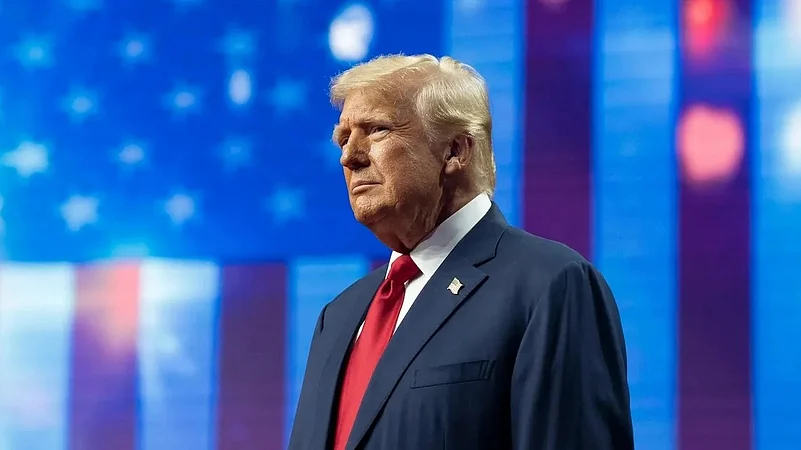
The US Supreme Court raised doubts about the legality of President Donald Trump’s reciprocal tariffs.
Despite legal challenges, experts say Trump still has several legal avenues to reimpose tariffs under different authorities.
Trump could also revive older trade laws like the Tariff Act of 1930, giving him wide discretion to levy duties.
The US Supreme Court expressed scepticism on Wednesday about the legality of the aggressive reciprocal tariffs imposed by US President Donald Trump against his major trading partners. Conservative and liberal justices critiqued Solicitor General D. John Sauer on the administration’s method of implementation of the tariffs, which critics argue infringes on the power of Congress to tax.
Earlier, federal courts ruled that Trump lacked the legal stature he cited under the International Emergency Economic Powers Act to impose tariffs on imports, including fentanyl tariffs on products from Canada, China, and Mexico.
The 6-3 conservative-majority Supreme Court expressed “deep concerns” over the use of federal law, and for over two hours, judges questioned officials of the Trump administration. Another key area of discussion was whether, if the tariffs are struck down, businesses would be entitled to refunds and how these would be processed.
The federal US government has collected nearly $90 billion in revenue from tariffs, as per the US Customs and Border Protection data. According to media reports, early in November, Trump told Fox Business in an interview that “we’d have to pay back money” if the SC were to rule against him.
Does Trump Have Other Options?
Experts cited by the Associated Press suggest that even if the court rules against the tariffs, Trump has “plenty of options” to keep up a similar set-up. “It’s hard to see any pathway here where tariffs end. I am pretty convinced he could rebuild the tariff landscape he has now using other authorities,” Georgetown trade law professor Kathleen Claussen told AP.
Experts cite provisions including Section 301 of the Trade Act of 1974, which has been previously used by the US to fight countries it claims have “unjustifiable” or “discriminatory” trade practices. According to reports, there are no limits on the size of Section 301 tariffs, and they can be extended after expiration beyond four years.
Further, Trump can also utilise Section 232 of the Trade Expansion Act of 1962, which allows the imposition of tariffs on items deemed a threat to national security.
Trump could also revive the Tariff Act of 1930 or the Smoot-Hawley Tariff. Section 338 of the law allows the President to impose tariffs of up to 50% on imports from countries that have discriminated against US businesses. However, this law is widely condemned by economists and historians for limiting world commerce and making the Great Depression worse.
Amid signing rapid trade deals across the ocean and facing scepticism at home, Trump is still equipped with laws and regulations that allow him to impose aggressive duties on the US’s trading partners and secure beneficial deals for the United States to fuel the world’s largest economy.























